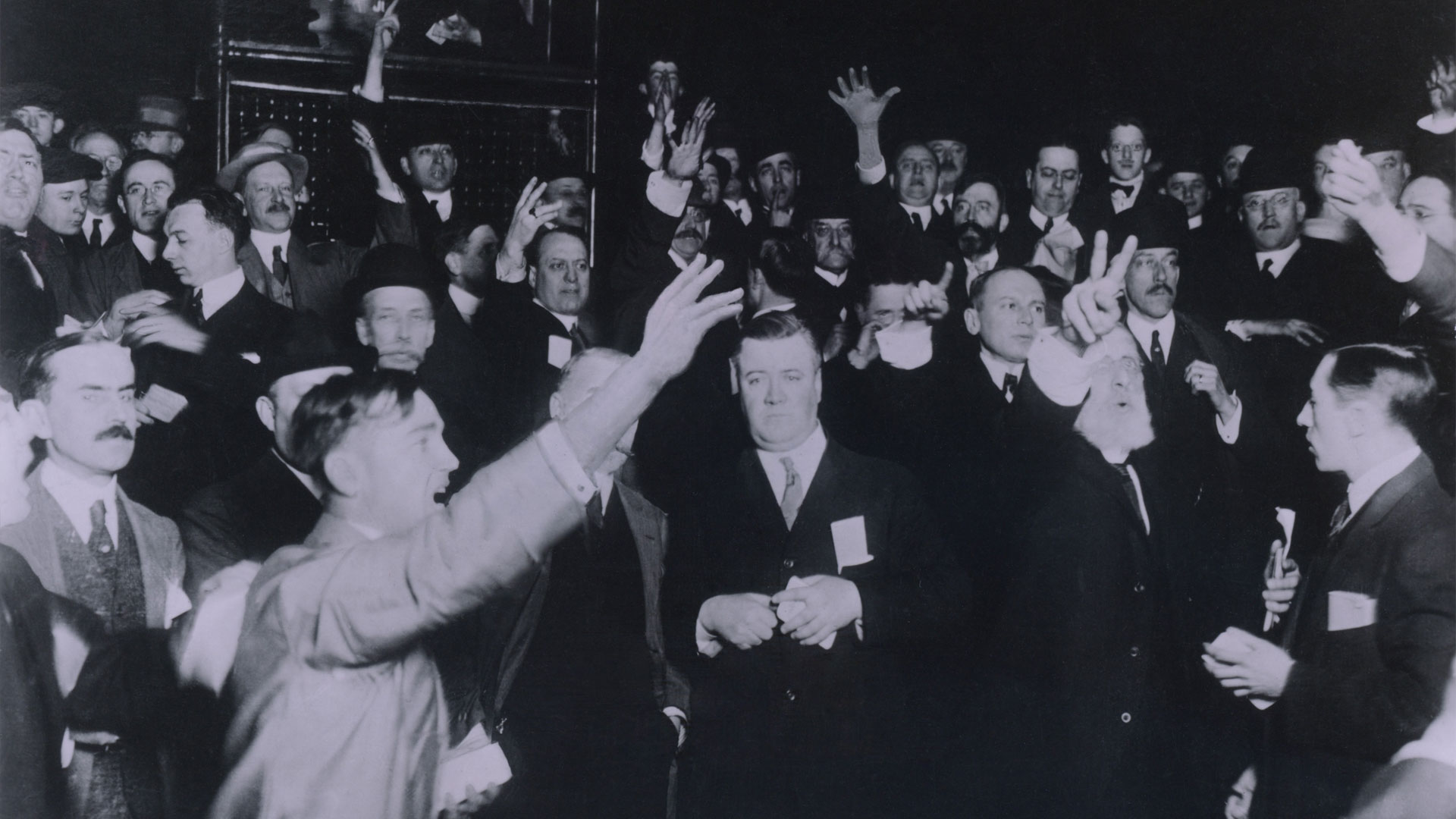
ESOP History
-
1920's
The Beginning
In 1926, the IRS authorized stock bonus plans. Early plan companies included Sears, JCPenney and Proctor & Gamble. Thirty years later, the IRS allowed stock bonus plans to borrow funds to purchase company stock. With this ruling, Peninsula Newspapers created the very first IRS qualified ESOP. Within the next decade, only about two dozen were in force; but in the three-year period 1968-1971, about 50 ESOPs were created.
-
1970's
In 1974, Big News Came Down.
On September 2, Congress passed ERISA (the Employee Retirement Income Security Act). The financial markets were in limbo; there was a dearth of venture capital, and no mergers or acquisitions. Small businesses found it difficult, if not impossible, to borrow money. The economy was stagnant.
Congress Was Quick to Endorse ESOPs
- To minimize taxes for smaller, struggling companies.
- To slow inflation (employees accepted less pay in return for equity).
- To motivate employees and increase productivity.
- To generate capital.
- To prevent some unionization and cut the frequency of strikes.
-
1980's
A Lawmaking Binge Fueled ESOP Explosion
Lawmakers encouraged ESOPs by providing better tax incentives and added other enhancements in late 70's and 80's. More than 24 different laws passed. A significant change allowed sub-chapter corporations to implement ESOPs. “S” Corporation ESOPs became extraordinary opportunities. Congress encouraged them to set up plans that covered full-time employees with at least one year of employment. In some cases, the company became 100% owned by their ESOP, free from state and federal income tax. By design, these tax incentives were not loopholes. This major change went somewhat unnoticed because, at the time, the economy was robust. NYSE and NASDAQ performance was off the charts; millions of dollars in VC money was readily available; “merger-mania” was running wild and the announcements of new and successful IPOs seemed to occur non-stop.
-
Today
Right Now, The Boom's a Bust.
Many of the conditions present in the 70's have returned with a vengeance. Real unemployment is up, VC money is tight, IPOs are virtually non-existent, mergers and acquisitions are few and far between and businesses find it more difficult to borrow money. Consequently, retiring business owners struggle to find qualified buyers. Nonetheless, there is good news: the ESOP remains an extremely powerful financing tool. It is by far the best tool for today’s business owner seeking a way to unlock equity.